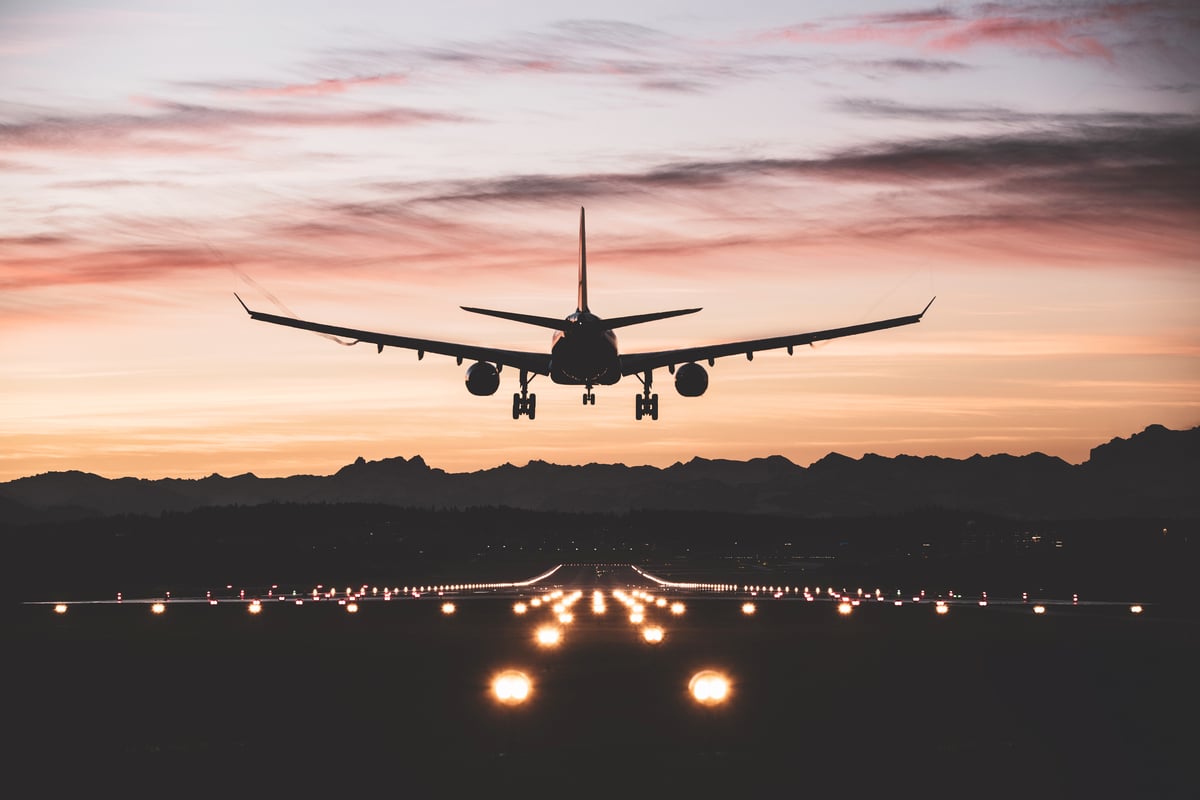Across the airline industry, carriers have been generating very strong results within the U.S. The recent wave of airline consolidation has reduced competition, and industry capacity discipline has allowed airlines to post solid unit revenue growth even as jet fuel prices have moderated.
Even Spirit Airlines Incorporated (SAVE +0.00%) -- which was the fastest growing U.S. airline last year -- has contributed to capacity discipline in 2014. Spirit added only two aircraft to its fleet last quarter, and it will add just one new plane in each of Q2 and Q3.

Spirit Airlines will start growing rapidly again this fall. Source: Spirit Airlines.
However, beyond that, Spirit Airlines plans to ramp up its growth rate dramatically. In fact, the company is scheduled to take delivery of seven new aircraft in Q4 this year, followed by another 14 new planes in 2015. This return to rapid growth could start to put pressure on competitors like Southwest Airlines (LUV 0.19%) and United Continental (UAL +1.13%) in the next few years.
Airlines are enjoying capacity discipline
Consolidation has put roughly 85% of domestic airline capacity in the hands of four companies that form an oligopoly. With fewer major airlines, it is easier for the remaining ones to tacitly cooperate to keep fares rising faster than costs. As a result, the legacy carriers have all observed that domestic flights are generating better unit revenue growth than international flights.
This situation is great news for Southwest Airlines, which has very few international flights today. Southwest posted 3.5% unit revenue growth last quarter, despite facing headwinds related to the timing of Easter and Passover and changes in Southwest's fleet. The company expects solid unit revenue results in Q2 as well.

Southwest Airlines is benefiting from the strong domestic fare environment. Photo: The Motley Fool
Meanwhile, strong domestic demand has been keeping struggling United Continental's profit afloat. United posted unit revenue declines in all three international regions last quarter, but domestic unit revenue grew. Furthermore, United expects 4%-6% domestic unit revenue growth in Q2, even though systemwide unit revenue will be up just 1%-3%.
Spirit announces some new markets
Spirit Airlines has been unusually cooperative with the top airlines' push for capacity discipline recently. However, it has been constrained by the timing of its aircraft deliveries. With Spirit scheduled to return to rapid growth later this year, the competitive environment will get a bit more difficult.
Last week, Spirit Airlines announced 10 new routes that will start up in August and September. These new routes include Spirit's entry into the underserved Kansas City market. Spirit will fly from Kansas City to Dallas/Fort Worth, Chicago, Detroit, Las Vegas, and Houston. Spirit is also expanding in Houston, with new flights to Atlanta, Fort Lauderdale, New Orleans, and San Diego (as well as Kansas City).
Because of its high aircraft utilization and tendency to fly once a day in many markets, Spirit can add two to three new routes for each plane it adds to its fleet. With 21 planes arriving in a 15-month span starting this October, there will be a flood of new route announcements soon.
United and Southwest could be the biggest losers
Spirit Airlines still represents a very small proportion of industry capacity today, so its growth will not automatically hurt other airlines. However, the company has big long-term plans. Spirit has been telling investors that European ultra-low-cost carrier RyanAir represents 10.7% of European seat capacity, implying that Spirit could grow to be many times its current size. (Spirit represents just 1.4% of U.S. air seats today.)
The extent to which Spirit's growth hurts other airlines will depend on how much its new service overlaps with these other carriers' routes. Southwest and United will be the most affected by Spirit's first new round of expansion. United operates a large hub in Houston, and Southwest has a significant focus city there, while Southwest is the top carrier in Kansas City.

United Airlines could be one of the big losers from Spirit's expansion in the long run. Photo: The Motley Fool
Southwest and United may also be the biggest losers longer term. In general, Southwest is more leisure-oriented than the legacy carriers, and so its customers tend to be more price sensitive. Whereas corporate travelers who don't pay for their own tickets are unlikely to fly on Spirit no matter how much cheaper it may be, leisure travelers might be more inclined to save money by flying Spirit.
Meanwhile, United is the most exposed of the legacy carriers, simply because it has the highest cost structure. In fact, Spirit has claimed that United's unit costs are 89% higher than its own! With such a big cost gap, Spirit has a good incentive to expand to more routes in competition with United, since it can earn good margins even with dramatically lower prices.
Foolish bottom line
U.S. airlines have benefited from strong domestic unit revenue growth in recent years, helped by industry capacity discipline. However, some of the country's smaller airlines have continued growing. Spirit Airlines is about to begin a period of extremely rapid growth, following a short period of slower growth.
As Spirit becomes a larger player in the airline industry, it will start to have a more meaningful impact on other airlines' profitability. Among the top four airlines, Southwest and United appear to be the most at risk. However, the exact impact of Spirit's expansion will ultimately depend on which markets it chooses to enter in the coming years and who its direct competitors will be.








